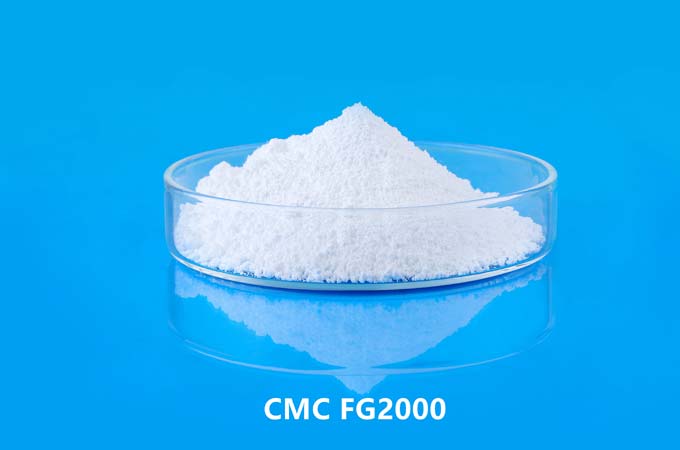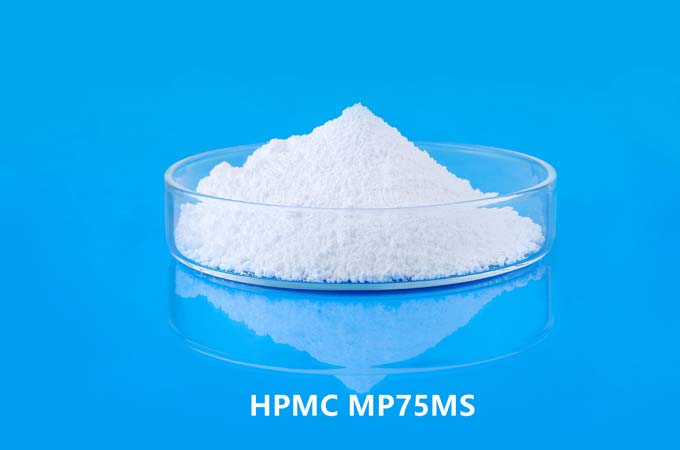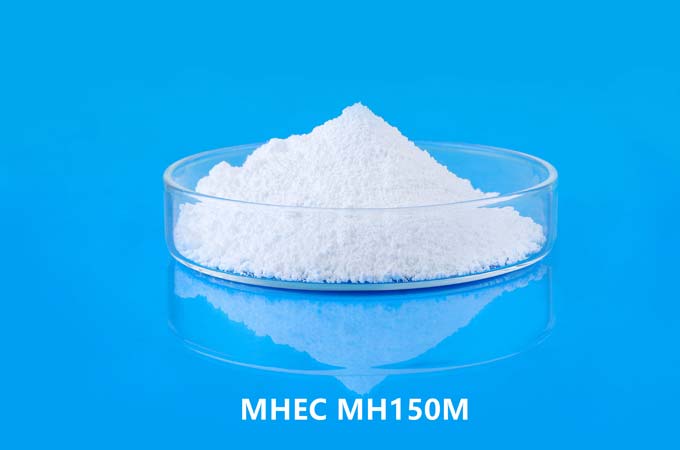Carboxymethyl cellulose (CMC) is a widely used water-soluble cellulose ether, which is made from natural cellulose through chemical reactions such as alkalization and etherification. Due to its good thickening, water retention, emulsification stability and biocompatibility, CMC is widely used in food, medicine, petroleum, ceramics, papermaking, daily chemicals and other fields.
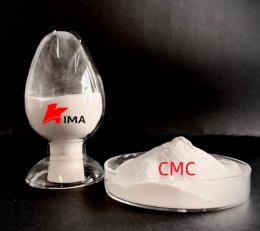
1. Chemical structure and classification
Carboxymethyl cellulose is an anionic linear polymer, whose basic structural unit is glucose, and the cellulose main chain connected by β-1,4-glycosidic bonds, part of its hydroxyl groups (—OH) are replaced by carboxymethyl (—CH₂COOH). The degree of carboxymethyl substitution is expressed as "degree of substitution (DS)", which usually ranges from 0.4 to 1.4. The higher the DS, the better the solubility and performance of CMC.
CMC can be divided into the following types according to degree of substitution, purity and degree of sodium salt:
Industrial grade CMC
Pure grade CMC
High purity CMC (such as for food or medicine)
In commercial applications, its sodium salt form, sodium carboxymethyl cellulose (CMC-Na), is commonly used because it is more stable and more soluble in water.
2. Physical and chemical properties
2.1. Appearance
CMC is usually white or light yellow powder or granules, odorless and tasteless. It is hygroscopic and easily absorbs water and agglomerates in the air.
2.2. Solubility
CMC is a typical water-soluble polymer that can be quickly dispersed in cold water to form a clear or slightly turbid colloidal solution. It is insoluble in organic solvents such as ethanol and ether, but can form a precipitate with a water-alcohol mixed solvent. Solubility is affected by factors such as molecular weight, degree of substitution, and pH.
2.3. pH stability
CMC has good stability in the pH range of 4 to 10. Under neutral or weak alkaline conditions, the performance is stable. If it is in a strong acid or strong alkaline environment, it is easy to hydrolyze and degrade, resulting in a decrease in viscosity.
2.4. Thermal stability
The dry powder of CMC is relatively stable at room temperature, and it will begin to decompose when heated to more than 200°C. In aqueous solution, it can remain stable when heated to about 70°C, and the viscosity will gradually decrease above this temperature.

3. Rheological behavior
CMC is a typical pseudoplastic fluid (shear thinning type). That is: the viscosity is high at low shear rates, and the viscosity decreases as the shear rate increases. This rheological property is very important for products such as coatings, toothpastes, and detergents, and helps to improve storage stability and construction properties.
CMC also exhibits a certain thixotropy, that is, the viscosity decreases after stirring, and partially recovers after standing, which is very beneficial in situations where "construction flow and stable use" are required.
4. Film-forming and emulsifying properties
CMC has a certain film-forming property and can form a uniform and flexible film. It is often used in coatings, paper gluing, food coatings, etc. In addition, its anionic properties give it a certain emulsification and dispersion stabilization effect, which can stabilize the oil-water mixture and prevent phase separation.
5. Water retention and colloid protection
CMC can significantly improve the water retention performance of the system, especially in building mortar, tile adhesive, and food processing, which can effectively prevent water loss and improve construction or taste performance. Its colloid protection ability is also strong, which can stabilize the suspension and prevent particle flocculation and precipitation.
6. Biocompatibility and safety
CMC is derived from natural cellulose, has good biocompatibility and biodegradability, low toxicity, and is widely used in medicine and food. For example, it is used as a tablet adhesive and sustained-release material in medicines; as a thickener, stabilizer, humectant, etc. in food.
7. Compatibility with other substances
CMC has good compatibility in a variety of systems, but it may react and precipitate when mixed with cationic polymers or strong electrolytes. In addition, high-valent metal ions (such as Fe³⁺, Ca²⁺) may also cause CMC precipitation, and the appropriate type and concentration should be selected according to the usage scenario.
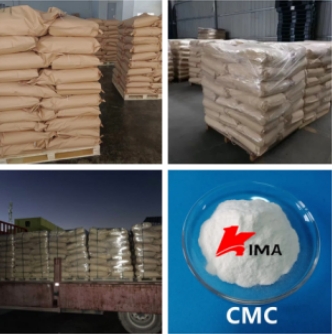
8. Factors affecting CMC performance
Degree of substitution (DS): affects solubility, viscosity, and solution stability.
Molecular weight: directly determines viscosity performance. The larger the molecular weight, the higher the viscosity.
Purity and sodium content: affect the transparency of the solution and its applicability for food and medical purposes.
Solution concentration: the higher the concentration, the greater the viscosity, until a gel state is formed.
Carboxymethyl cellulose (CMC) is a water-soluble polymer material with excellent performance and wide application. It integrates multiple functions such as thickening, water retention, dispersion, emulsification, film formation, and bonding. It is naturally derived, degradable, and has no toxic side effects. It has extremely high application value in the fields of food, medicine, and daily chemicals. In the future, with the increase in demand for green and environmentally friendly materials, CMC is expected to play a role in more emerging fields.
 English
English 日本語
日本語 français
français Deutsch
Deutsch Español
Español italiano
italiano русский
русский português
português العربية
العربية Türkçe
Türkçe Nederland
Nederland



